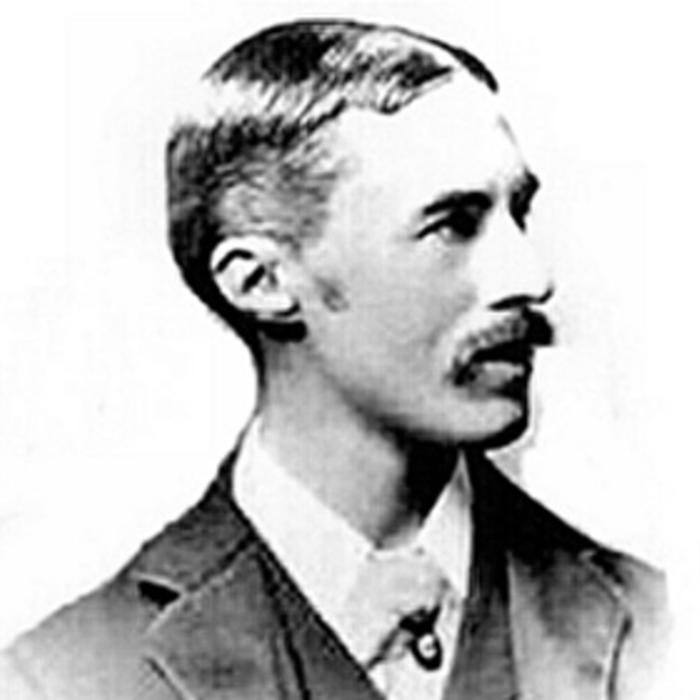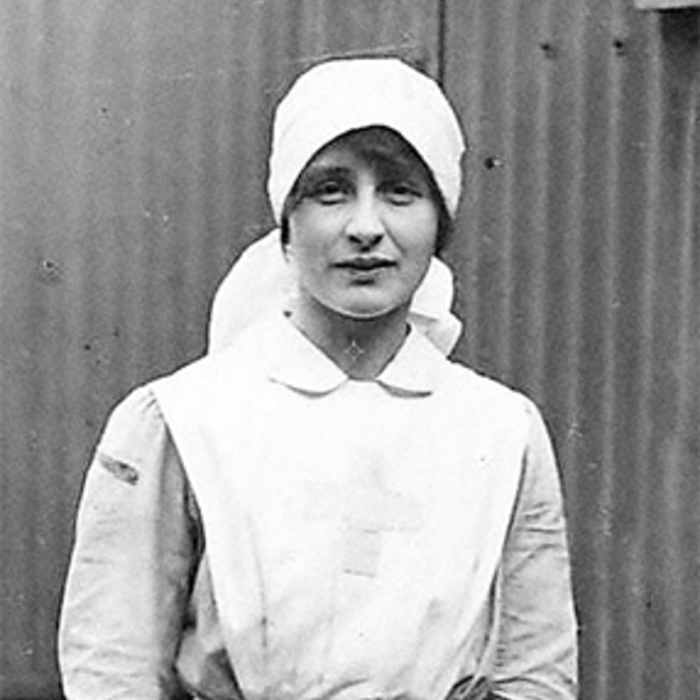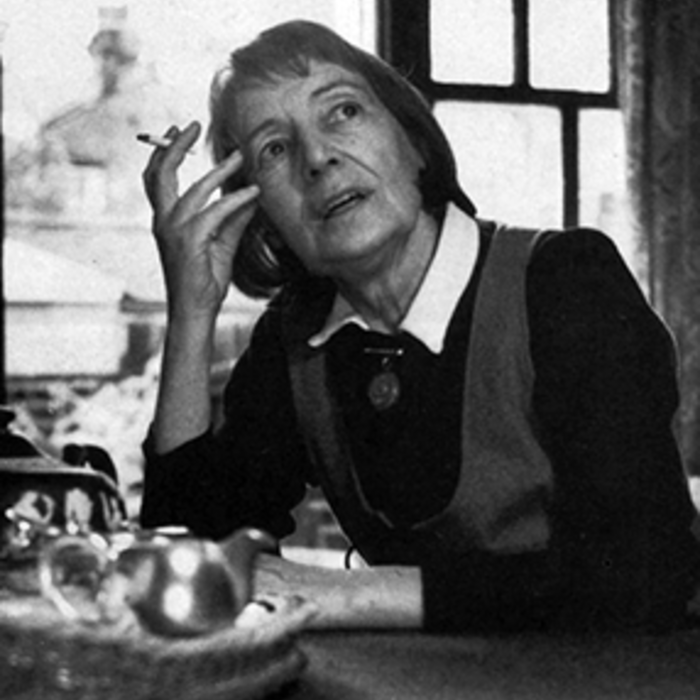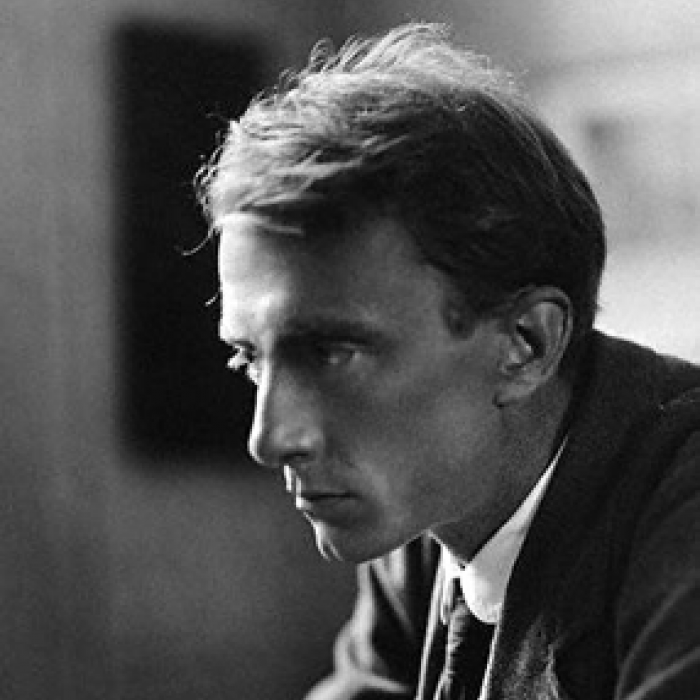Wilfred Owen
On March 18, 1893, Wilfred Edward Salter Owen was born in Shropshire, England. After the death of his grandfather in 1897, the Owen family moved to Birkenhead, where Owen was educated at the Birkenhead Institute. After another move in 1906, he continued his studies at the technical school in Shrewsbury. Interested in the arts at a young age, Owen began writing poetry as a teenager.
In 1911, Owen matriculated at London University, but after failing to receive a scholarship, he spent a year as a lay assistant to a vicar in Oxfordshire. In 1913, he went on to teach in France at the Berlitz School of English, where he met the poet Laurent Tailhade. He returned from France in 1915 and enlisted in the Artists Rifles. After training in England, Owen was commissioned as a second lieutenant in the Manchester Regiment in 1916.
Owen was wounded in combat in 1917 and, diagnosed with shell shock, was evacuated to Craiglockhart War Hospital near Edinburgh. There, he met another patient, poet Siegfried Sassoon, who served as a mentor and introduced him to well-known literary figures such as Robert Graves and H. G. Wells.
It was at this time Owen wrote many of his most important poems, including “Anthem for Doomed Youth” and “Dulce et Decorum Est.” His poetry often graphically illustrated the horrors of warfare, the physical landscapes that surrounded him, and the human body in relation to those landscapes. His verse stands in stark contrast to the patriotic poems of war written by earlier poets of Great Britain, such as Rupert Brooke. A gay man, Owen also often celebrated male beauty and comradery in his poems.
Owen rejoined his regiment in Scarborough in June 1918, and, in August, he returned to France. In October he was awarded the Military Cross for bravery at Amiens. He was killed on November 4, 1918, while attempting to lead his men across the Sambre-Oise canal at Ors. He was twenty-five years old. The news reached his parents on November 11, Armistice Day.
While few of Owen’s poems appeared in print during his lifetime, The Collected Poems of Wilfred Owen (New Directions, 1963), with an introduction by Sassoon, was first published in December 1920 and reissued several times. Owen has since become one of the most admired poets of World War I. A review of Owen’s poems published on December 29, 1920, just two years after his death, read, “Others have shown the disenchantment of war, have unlegended [sic] the roselight and romance of it, but none with such compassion for the disenchanted nor such sternly just and justly stern judgment on the idyllisers.”
About Owen’s post-war audience, the writer Geoff Dyer said,
To a nation stunned by grief, the prophetic lag of posthumous publication made it seem that Owen was speaking from the other side of the grave. Memorials were one sign of the shadow cast by the dead over England in the twenties; another was a surge of interest in spiritualism. Owen was the medium through whom the missing spoke.






